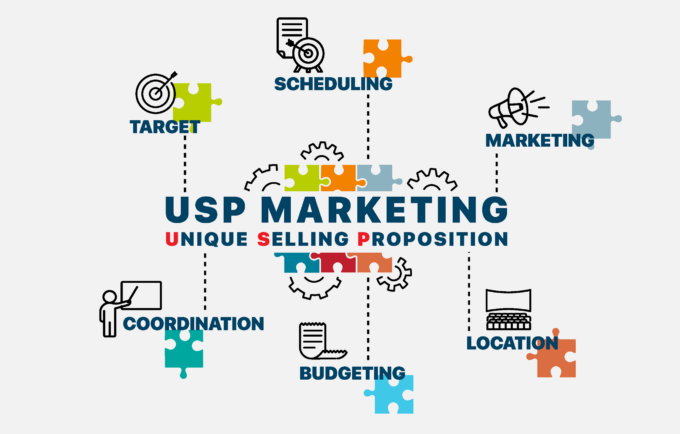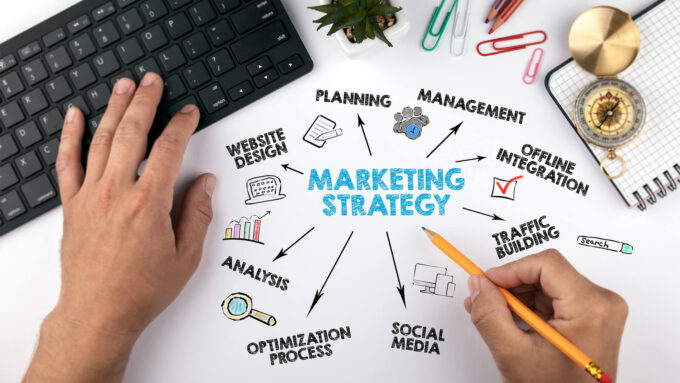Mobile apps have revolutionized the way businesses interact with their customers, making it essential for companies to have a strong presence in the digital space. A well-designed and functional mobile app can significantly boost customer engagement, increase brand loyalty, and drive revenue growth. With the rapid proliferation of smartphones and the ever-increasing demand for on-the-go solutions, businesses cannot afford to overlook the power of mobile programs. In this comprehensive guide, we will take you through the crucial steps involved in developing a successful mobile app, from understanding your target audience to submitting it to the App Store.
Understanding Your Target Audience and Market Research

Before embarking on app development, it is vital to understand your target audience thoroughly. Conducting comprehensive market research will help you identify your customers’ preferences, needs, and pain points. Analyze the demographics, behavior patterns, and technological preferences of your target users. Gain insights into the existing mobile app landscape and identify gaps or areas of improvement. By aligning features and functionalities with your target audience’s expectations, you can ensure that it stands out in a crowded marketplace and caters to your customer’s specific needs. This understanding will be particularly important when considering cross-platform mobile app development, ensuring your app reaches a wider audience and maximizes its potential impact.
Defining the Purpose and Unique Selling Proposition (USP) of the App

Every successful mobile app has a clear purpose and a unique selling proposition (USP) that sets it apart from the competition. Define the core objectives you aim to achieve with your program and how it will add value to your customers’ lives. Identify the key features that will differentiate your program and make it indispensable for your target audience.
Sketching and Wireframing the App’s User Interface (UI)
Once you have a clear understanding of your target audience, it’s time to translate your ideas into visual representations. Sketching and wireframing the user interface (UI) allows you to visualize the app’s layout, navigation flow, and overall user experience. Start with rough sketches to brainstorm ideas and refine them into wireframes that showcase structure. Pay attention to usability, simplicity, and intuitive design principles during this phase. Collaborate with UI/UX designers and gather feedback to iterate on the wireframes before proceeding to the development stage.
Choosing the Right Technology Stack
Selecting a suitable technology stack is a critical decision that influences performance, scalability, and development time. Consider factors such as platform compatibility, development cost, security requirements, and future expansion when choosing your tech stack. For native development, platforms like iOS and Android have their respective programming languages (Swift/Objective-C and Kotlin/Java). Alternatively, hybrid frameworks like React Native or Flutter can enable cross-platform development. Collaborate with your development team and weigh the pros and cons of each option to make an informed decision.
Developing a Minimum Viable Product (MVP) for Initial Testing

To mitigate risks and validate your concept, it’s wise to develop a Minimum Viable Product (MVP) for initial testing. An MVP is a stripped-down version that includes its core features. By launching the MVP to a select group of users, you can gather valuable feedback, identify potential issues, and assess user response. This iterative technique helps refine functionalities and user experience based on real-world usage. Make use of analytics tools to gather data and insights, enabling you to make data-driven decisions during the subsequent development stages.
Iterative Development Process and Incorporating User Feedback
After gathering feedback from the MVP testing phase, incorporate the insights into the iterative development process. Break down the development into sprints or milestones, each focusing on specific features or improvements. Regularly communicate with your development team, keeping them aligned with your vision and collecting their technical expertise. Continuously test the functionalities and usability throughout the development cycle, allowing you to catch and address issues promptly.
Ensuring Robust Backend Functionality and Server Integration
Behind every successful mobile app lies a robust backend infrastructure that powers its functionality. Determine the necessary server requirements, database systems, and APIs needed to support features. Work closely with backend developers to ensure seamless integration between the frontend and backend components. Prioritize security measures to protect user data and maintain data integrity. Regularly monitor server performance and scalability to handle increasing user loads. A well-designed and reliable backend system forms the foundation for a stable and responsive program.
Designing an Intuitive and Seamless User Experience (UX)

User experience (UX) plays a pivotal role in success. Strive to create an intuitive and seamless experience that delights users and keeps them engaged. Focus on responsive design, ensuring your program adapts seamlessly to various screen sizes and resolutions. Streamline navigation, minimize user input, and provide clear instructions throughout the program. Implement interactive and visually attractive elements that enhance user engagement. Conduct user testing and gather feedback to refine the UX continuously.
Implementing Rigorous Testing and Quality Assurance (QA) Measures
Thorough testing and quality assurance (QA) are crucial to delivering a polished and bug-free app. Develop a comprehensive testing strategy that covers functionality, usability, performance, and compatibility across different devices and operating systems. Conduct both manual and automated testing to ensure comprehensive coverage. Implement crash reporting tools to identify and address stability issues promptly. Involve QA specialists throughout the development process to catch and rectify any bugs or issues early on.
App Submission to the App Store and Marketing Strategies

Once your app is fully developed, rigorously tested, and refined, it’s time to submit it to the App Store. Follow the guidelines and requirements provided by the platform to ensure a smooth submission process. Pay attention to metadata, keywords, and app descriptions to optimize your program discoverability. Create visually appealing screenshots and promotional videos that effectively highlight features. Implement an effective marketing strategy that includes store optimization (ASO), social media promotion, influencer partnerships, and targeted advertising. A well-executed marketing plan will maximize visibility and drive downloads and user engagement.
Conclusion
In conclusion, successfully developing and launching a mobile app for your business requires careful planning, thorough research, and a user-centric process. Additionally, leveraging an iterative development process, incorporating user feedback, and conducting rigorous testing ensures a high-quality program that meets user expectations. With a robust backend infrastructure and effective marketing strategies, you can successfully navigate the journey from idea to the App Store, unlocking the immense potential of mobile app technology for your business.









